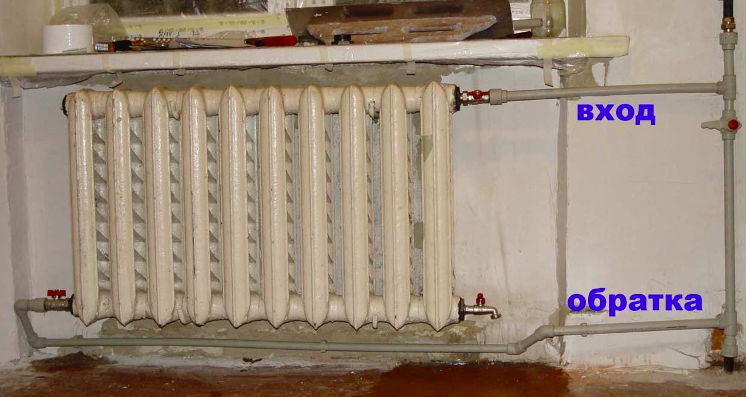A children's room is a special place in the house that serves not only as a bedroom, but also as a play, learning and creative area for your child. When creating a unique and cozy space, do not forget about the ceiling. Proper design of the ceiling in a nursery can become an interesting accent in the interior and complement the overall concept of the room.
Using painting paints on the ceiling allows you to create a unique and vibrant space. You can draw clouds, starry skies, cartoon characters or any other drawing that your child will like.

Decorative ceiling panels can be an excellent solution for creating an interesting and functional ceiling. They are available in different shapes and colors and are easy to install yourself.
When decorating the ceiling in the nursery with your own hands, do not forget about lighting. Use multi-colored light bulbs, garlands or projectors that create the effect of a starry sky. This will add magic and comfort to the room.
Modern 3D wallpaper or ceiling stickers allow you to create the illusion of volume and depth. It could be a picture of the seabed, space, or even a jungle.
Another creative solution could be to use fabric. Stretch ceilings made of fabric with an interesting pattern or even small “tents” or “canopies” made of light fabrics will create the atmosphere of a fairy tale.
The content of the article
- What to use to decorate the ceiling in a nursery
- What should not be used on the ceiling in a children's room
What to use to decorate the ceiling in a nursery
Decorating the ceiling in a children's room with your own hands is a great opportunity to add magic and wonder to a little person's room. To make an interesting ceiling in a nursery, you don’t need to have special skills or expensive materials.
Fluorescent stickers in the shape of stars, planets and comets will create the illusion of a starry night sky right above your child's bed. In the dark, they will glow, lulling the baby to sleep and plunging him into the world of cosmic dreams. Another simple and effective way to decorate is to create voluminous clouds of cotton wool or padding polyester attached to the ceiling. This option will especially appeal to children who dream of flights and heavenly heights.
For those who are willing to spend a little more time, a drawing or fresco on the ceiling will become a real work of art. You can depict your favorite cartoon scenes, animals, natural landscapes or even fairy-tale castles. The main thing is to listen to your inspiration and take into account the child’s preferences.
What should not be used on the ceiling in a children's room

When choosing materials and decorative elements for the ceiling in a children's room, safety is a priority. Here's what to avoid when decorating the ceiling in a nursery:
- Heavy objects and decor. Hanging elements must be light and securely fastened. Heavy objects can cause injury if they suddenly fall off.
- Easily crumbling materials. Cotton clouds or other decorative items that may fall off may cause allergies or breathing problems in children.
- Toxic paints and materials. Make sure that all materials and paints used on the ceiling are environmentally friendly and do not contain harmful chemicals.
- Sparkles and small decorative elements. They can cause choking if a child tries to eat them. Plus, glitter often contains metals that can be harmful.
- Unstable lamps. Make sure chandeliers and light fixtures are securely fastened and do not pose a risk of falling.
- Noisy elements. Some materials or decorative elements may create noise when air moves, which may disturb your baby's sleep.
- Bright, eye-catching colors. Although children often like bright colors, too much color on the ceiling can cause irritation and insomnia.
In addition to choosing safe materials, regularly check the ceiling for damage and make the necessary repairs at the first sign of wear or defects.


